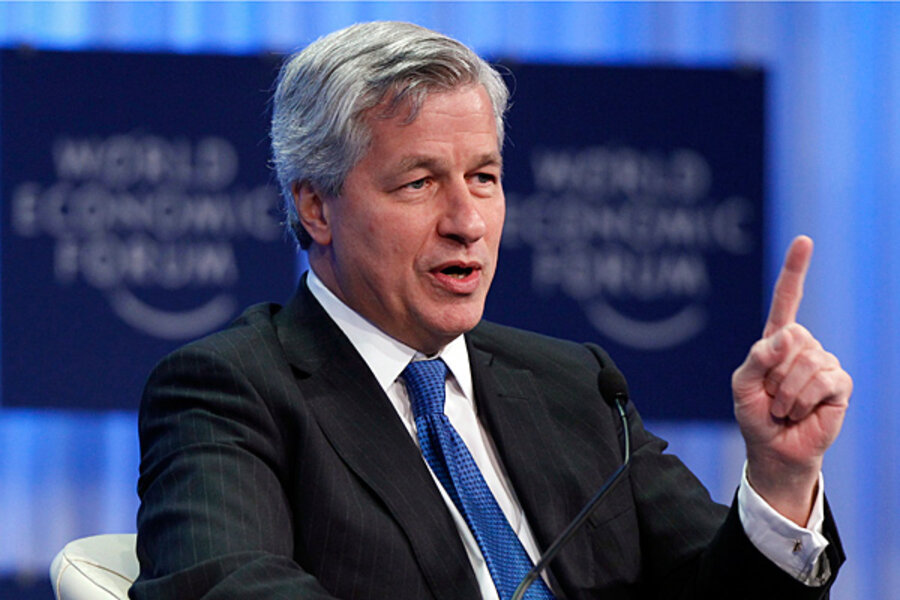Seen by some protesters as the robber barons of today, chief executive officers – part of the wealthy "1 percent" – are perceived to prosper while the "99 percent" toil thanklessly for ever-diminishing returns.
According to the AFL-CIO, in 2010, chief executives at some of the nation's largest companies earned an average of $11.4 million in total pay – 343 times more than a typical American worker. Occupy Wall Street protesters – many come from the union ranks – contrast those statistics the tens of thousands of layoffs, an unemployment rate hovering around 9 percent, and one in every 605 housing units nationally filing for foreclosure this September.
While the protesters seem to want to demonize anyone who turns a profit, a notable exception was the late former Apple CEO Steve Jobs, who, upon his passing, inspired an outpouring of admiration from Occupy Wall Street. Not so much Jamie Dimon, head of JPMorgan Trust, who has been vocal about what he sees as the unfair regulatory persecution of the banking industry. Protesters actually marched up to Mr. Dimon's house (among others) on Manhattan's upper east side to demonstrate their outrage.





